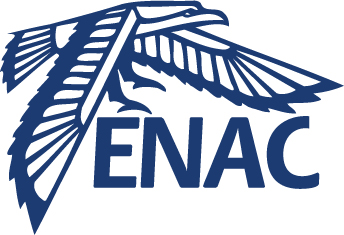A High Availability Inertial-Vision Data Fusion Using an ES-KF for a Civil Aircraft During a Precision Approach in a GNSS-Challenged Environment
Résumé
This paper introduces the architecture of a localization system designed for commercial airliners. The system is designed to maintain guidance during an PBN CAT I approach in a GNSS-challenged environment. It leverages a vision sensor to observe the aircraft’s surroundings. Specifically, this new sensor allows for the detection and tracking of the runway during the final segment of the approach, providing line-of-sight information to the system. The vision sensor is integrated into a multi-sensor system that includes a high-precision navigation-grade Inertial Measurement Unit (IMU) (angular drift of the order of 0.01 degree per hour), a barometric altimeter, and a GNSS receiver. Data fusion is performed using an Error-State Kalman Filter (ES-KF) within a semi-closed loop framework. The ES-KF is typically used for IMU hybridization systems, as its allows for quick testing and modification of propagation and observation models to address challenges like false observability. The system’s design is made in order to address the challenges posed by the limited number of landmarks and the high correlations on the measurement errors elaborated from them, where two points on the runway may be indiscernible from the perspective of the camera, and where distance estimation may be challenging. The system’s architecture, the types of sensors used, and the choice of a tightly-coupled single-feature hybridization improve the system’s operational period and, ultimately, its availability. The regulatory framework for integrating a vision sensor into the localization system of a civil aircraft is discussed. The performance of this vision-integrated localization system is evaluated using a comprehensive Monte Carlo simulator.
| Origine | Fichiers produits par l'(les) auteur(s) |
|---|
